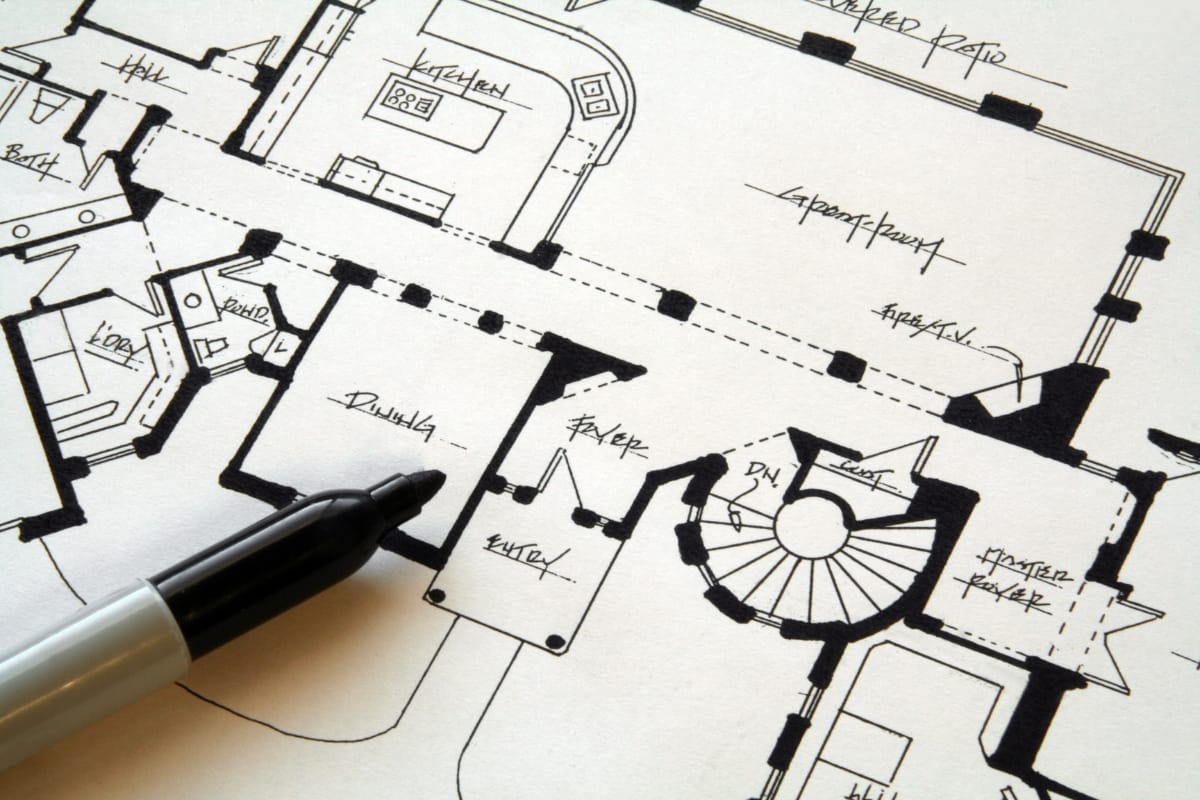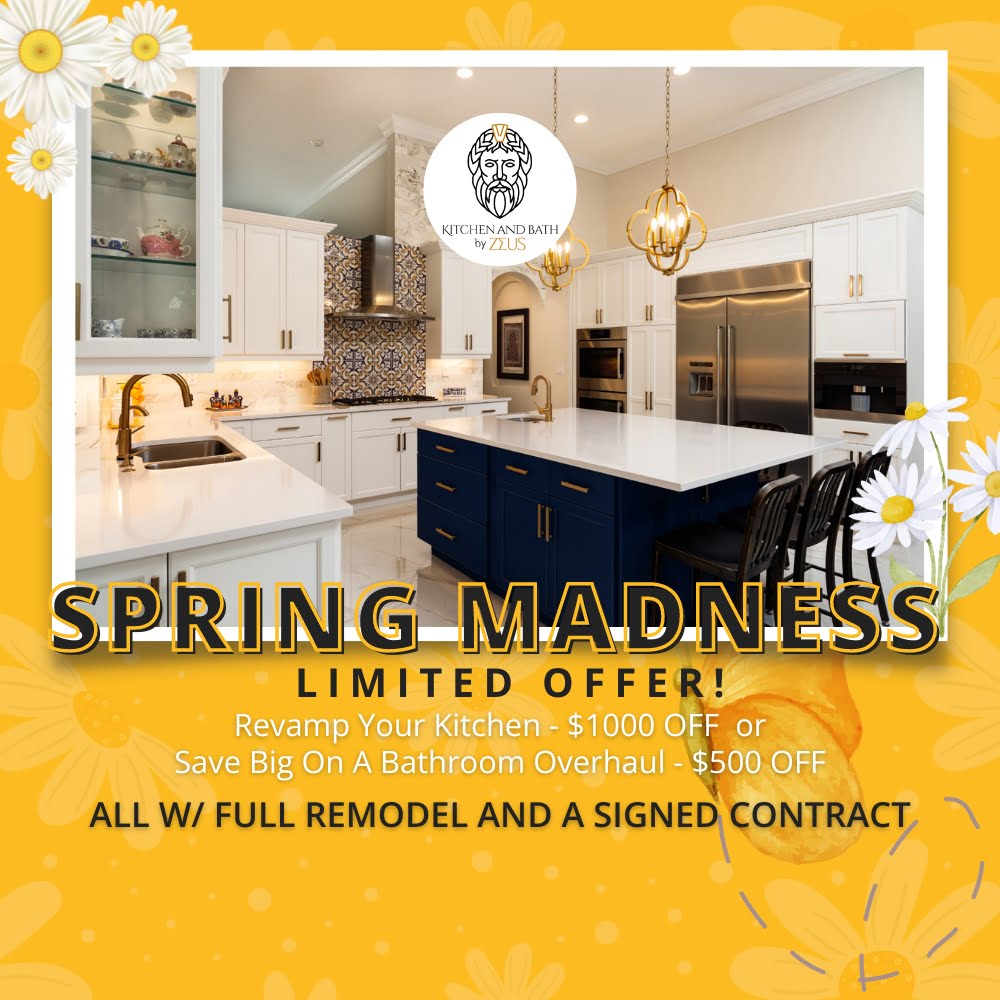Kitchens and bathrooms are more than just functional spaces; they serve as the heart of the home and a reflection of personal style. In recent years, cultural design has played a transformative role in shaping these areas, blending traditional elements with modern functionality to create unique, personalized spaces.
From the use of vibrant colors and intricate tile patterns to the incorporation of handcrafted fixtures, cultural influences can bring warmth, character, and a sense of global connection to your home’s most essential rooms.
In this guide, we’ll explore how cross-cultural design transforms kitchens and baths, offering ideas to integrate meaningful cultural elements into your remodeling or design project. Discover how embracing cultural aesthetics can turn your kitchen and bathroom into spaces that tell a story, evoke heritage, and celebrate diversity.
Transform Your Home with Cross-Cultural Design in Kitchens and Baths
Embracing Heritage: Incorporating Cultural Influences in Kitchen Design
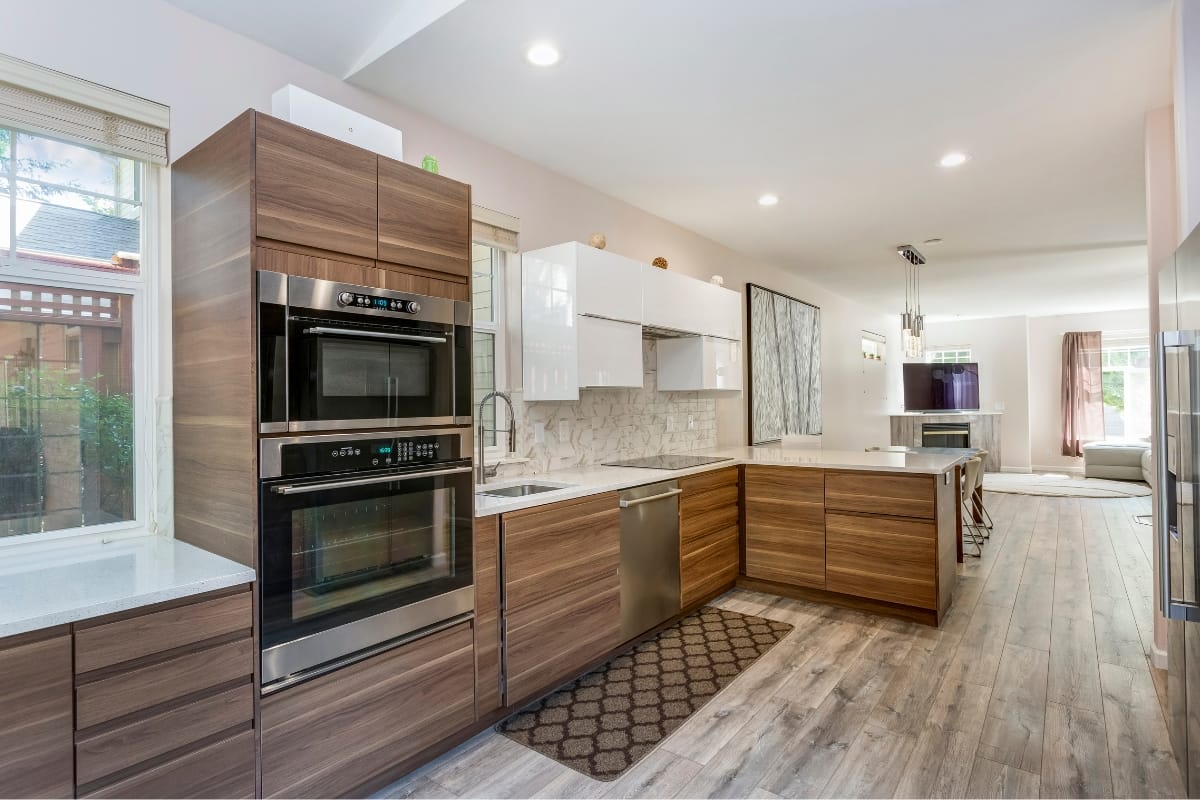
Incorporating traditional elements in kitchen design is a powerful way to honor our heritage and create a space that reflects our cultural identity. From the choice of materials to the layout and decor, every aspect of the kitchen can be infused with cultural significance.
One way to incorporate traditional elements is through the use of authentic materials. For example, using reclaimed wood for cabinets or countertops can add warmth and character to the space while also paying homage to traditional craftsmanship. Similarly, incorporating hand-painted tiles or intricate mosaic patterns can bring a touch of cultural heritage into the kitchen.
Another way to embrace heritage in kitchen design is through the inclusion of traditional cooking techniques or tools. For instance, installing a clay oven or a traditional hearth can not only add an interesting focal point but also allow for authentic cooking experiences. Including culturally significant utensils or cookware as part of the decor can further enhance the connection to tradition.
Lastly, incorporating traditional colors and patterns can instantly transform a kitchen into a cultural haven. Whether it’s vibrant Moroccan tiles or delicate Chinese porcelain, these elements can infuse the space with visual interest and tell stories of distant lands.
The Art of Storytelling: Using Fixtures to Narrate Cultural Histories

In cultural design, fixtures serve as powerful tools for storytelling, helping to weave together our shared histories through carefully curated details. From faucets to lighting, each fixture can be chosen to reflect cultural heritage, offering more than just functionality—it becomes part of a larger narrative about identity, tradition, and art.
Selecting designs inspired by specific time periods or artistic movements allows spaces to evoke distinct historical moments. An Art Deco chandelier, for example, may conjure the opulence and charm of 1920s Paris, bringing a sense of elegance and nostalgia into a room. Similarly, incorporating minimalist fixtures can tap into the clean, functional lines of Scandinavian design, emphasizing simplicity and balance.
Cultural symbolism is another layer in the storytelling process and culture design. A lotus-shaped faucet might symbolize purity and enlightenment in Asian traditions, while a brass fixture adorned with intricate designs can highlight the artisanal skills of Middle Eastern cultures. These symbolic choices not only enhance the aesthetic but also carry deeper meanings tied to cultural beliefs and values.
Fixtures can also connect us to specific traditions or rituals. Incorporating a Japanese soaking tub, for instance, brings the tranquility of an onsen into modern homes, offering a peaceful, meditative space. Similarly, a copper sink can echo the warmth and authenticity of a traditional farmhouse kitchen, grounding a space in rustic, time-honored practices.
In this way, fixtures serve as cultural storytellers, seamlessly blending form and function while preserving the essence of historical and artistic legacies and design culture process.
Tranquility in Design: Creating a Serene Bathing Experience
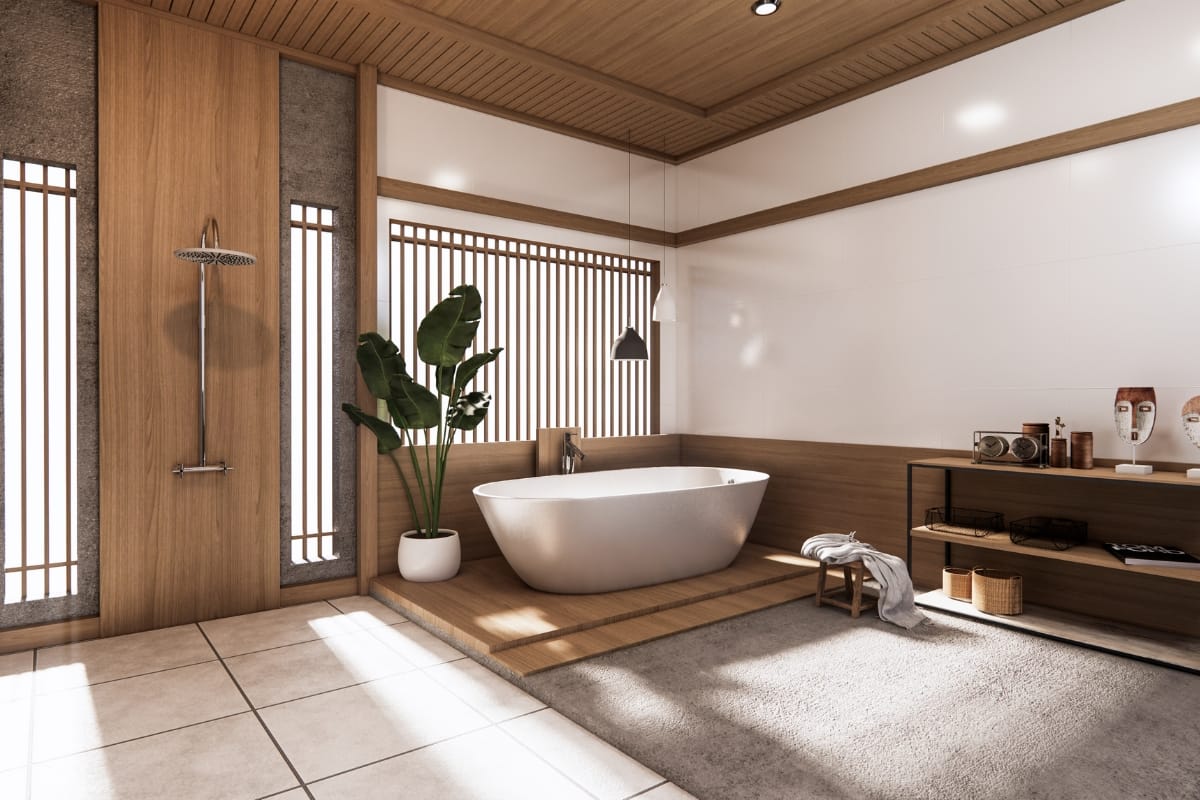
Designing a serene bathroom space involves blending cultural influences with elements that promote relaxation and well-being. Tranquility can be infused into a bathroom through thoughtful design choices that harmonize with nature and evoke a sense of calm.
Drawing inspiration from nature is a common approach in many cultural designs. Incorporating natural materials such as stone, wood, or bamboo can create an organic feel, linking the bathing experience to the earth. Japanese-inspired bathrooms, for instance, might include bamboo accents and indoor greenery to foster a connection with the outdoors, while Scandinavian designs emphasize simplicity, clean lines, and natural light, making the space feel open and peaceful.
Color choices also play a key role in crafting a tranquil atmosphere. Soft, neutral tones like pale blues, greens, or warm earthy shades help evoke calmness. These hues can be paired with textured materials like linen or stone to introduce depth while maintaining a soothing palette.
Lighting is another crucial factor. Opting for dimmable or diffused lighting mimics the calming effect of natural light, helping to create a spa-like environment. A combination of natural light during the day and warm, ambient light in the evening can enhance the sense of relaxation, making every bath a retreat into tranquility.
Global Inspirations: Drawing Ideas from Around the World
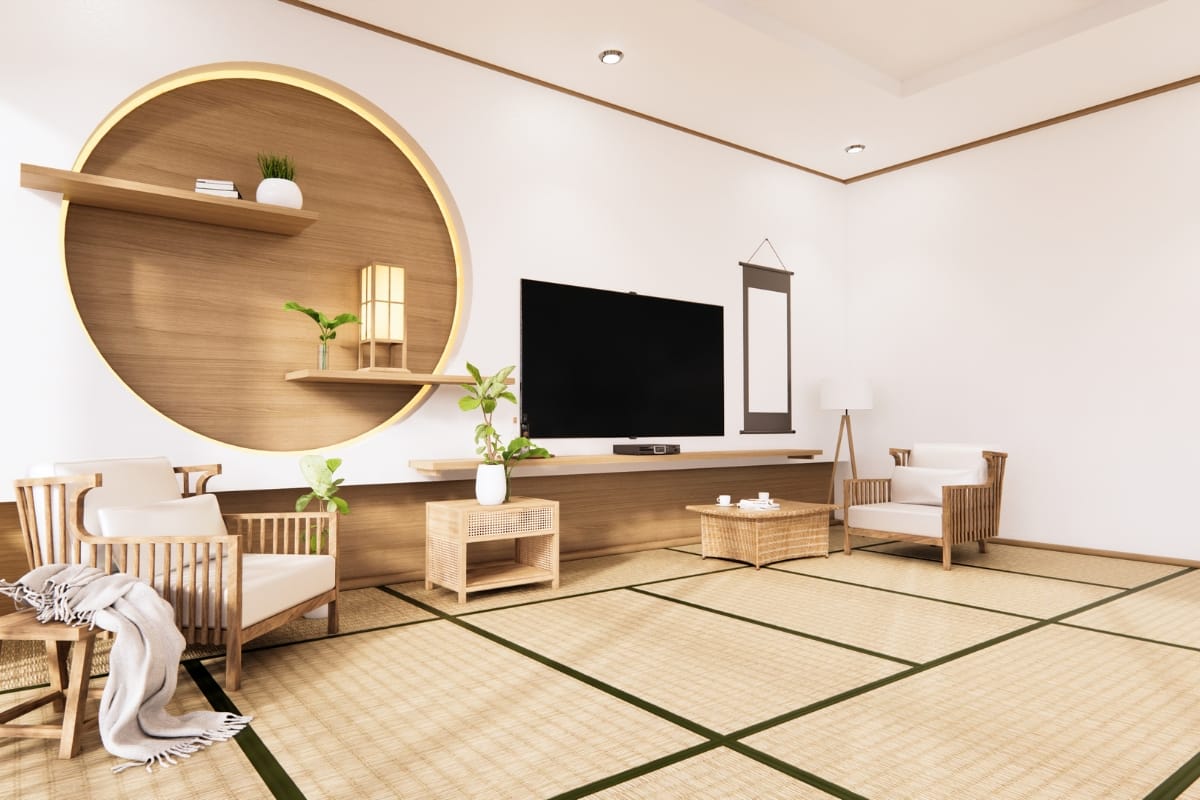
Cultural design opens up a world of possibilities by allowing us to incorporate elements from diverse traditions, creating spaces that are both unique and globally inspired. Integrating these design elements not only adds beauty but also tells a story of craftsmanship and cultural history.
A great way to infuse global inspiration into your design is by embracing architectural features from various cultures. For instance, Islamic architecture often highlights intricate arches and domes, which can be incorporated into doorways or windows to add a sense of grandeur.
On the other hand, drawing from the traditional open-air layout of Balinese homes can foster a fluid connection between indoor and outdoor living areas, creating a sense of serenity and natural flow.
Textiles and patterns are another avenue for incorporating global influences. Whether it’s the rich patterns of Moroccan rugs or vibrant, hand-woven African fabrics, these textiles offer warmth, texture, and cultural depth. Using these materials as rugs, wall hangings, or upholstery can instantly bring an eclectic yet harmonious vibe to a room.
Art forms like Japanese calligraphy or handcrafted Peruvian pottery can also add a personal touch. Incorporating custom-made ceramics or hand-painted tiles brings an artisanal feel, honoring traditional craftsmanship while elevating the visual appeal of any space. These thoughtful inclusions celebrate global cultures and create a worldly, cohesive design.
From Minimalism to Maximalism: Finding Your Cultural Design Style
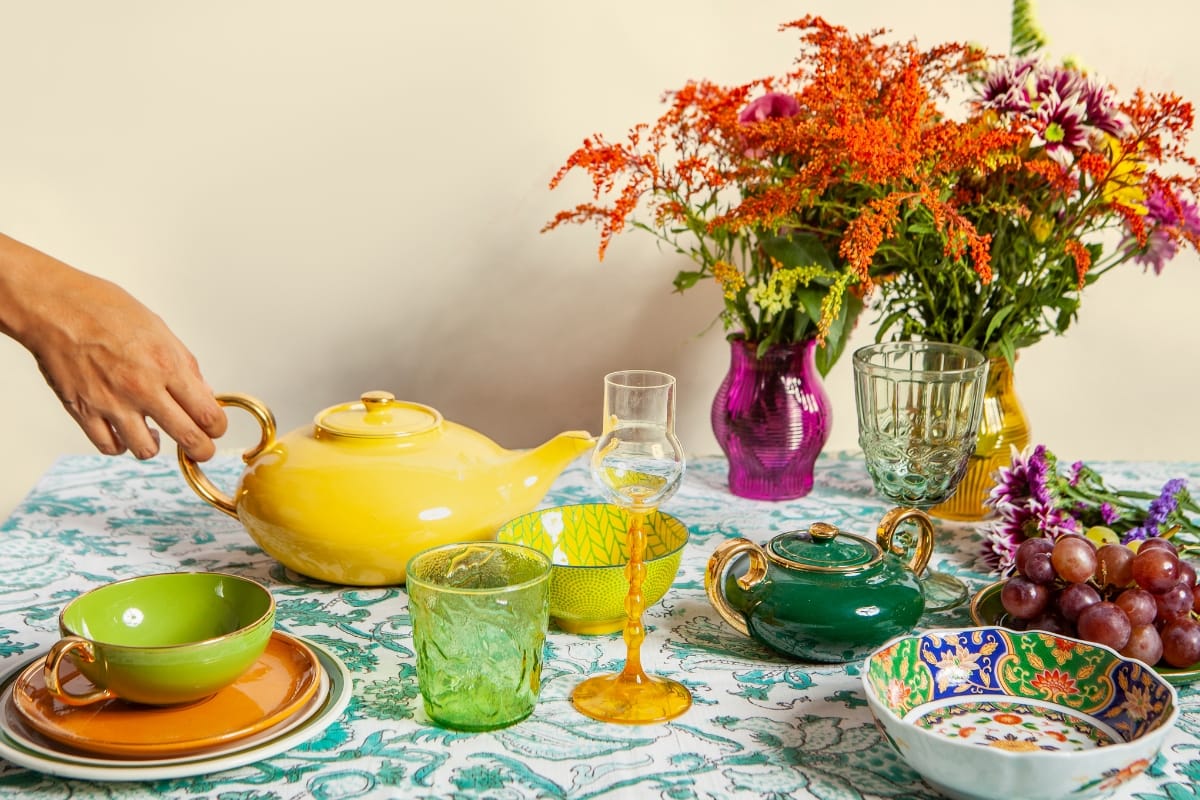
Cultural design spans a broad spectrum, from the serene and uncluttered world of minimalism to the bold and dynamic realm of maximalism. Choosing the right cultural design style for your space involves finding a balance between honoring your cultural roots and expressing your personal aesthetic.
For those who are drawn to the understated elegance of minimalism, cultural design can offer a calm and functional space. Minimalist cultural design often incorporates natural materials such as wood, bamboo, or stone, combined with clean lines and neutral tones.
For example, Japanese design is renowned for its Zen-like simplicity, utilizing open spaces, light, and organic materials to create an atmosphere of tranquility. This approach is perfect for those seeking a peaceful environment where “less is more.”
On the other side, maximalistic cultural design celebrates boldness, where color, texture, and pattern play key roles. Maximalism is about layering cultural influences, such as Moroccan tiles, African prints, and Indian textiles, creating a vibrant, eclectic space that tells a story. The focus is on the richness of detail and the blending of diverse cultural elements to create a visually stimulating environment.
Ultimately, whether you lean toward minimalism or maximalism, your cultural design style should reflect your heritage, experiences, and individuality, creating a space that feels authentically yours.
Practicality Meets Tradition: Balancing Functionality in Cultural Spaces
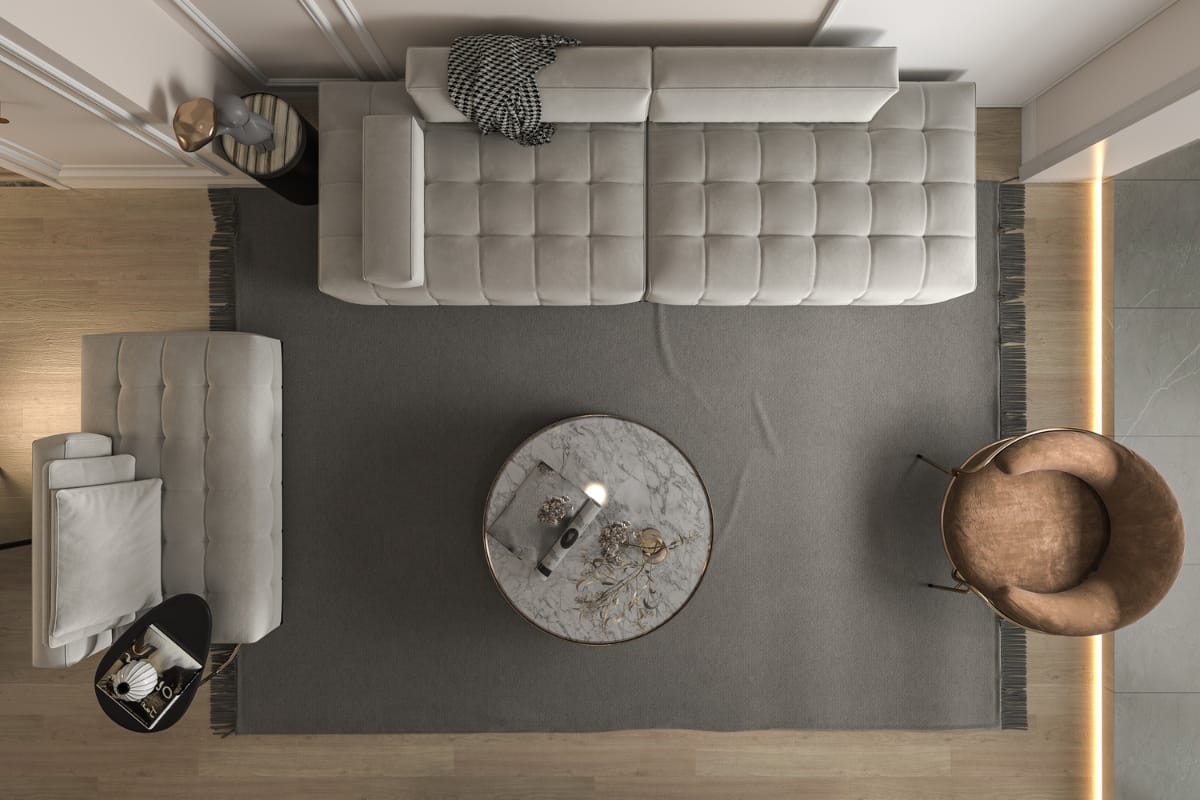
In cultural design, blending tradition with practicality is key to creating spaces that are both meaningful and functional. While it’s important to honor cultural heritage through design elements, modern living requires spaces that meet the demands of daily life.
Achieving this balance begins with smart space planning. For instance, in a kitchen inspired by traditional designs, ensuring an efficient workflow between the cooking, preparation, and storage areas is crucial. This approach maintains the cultural significance of the design while making the space user-friendly. Incorporating hidden or custom-built storage solutions allows you to keep the space organized and clutter-free without sacrificing the cultural aesthetics.
Modern technologies can also enhance functionality without overshadowing tradition. For example, integrating energy-efficient appliances or sleek, touchless faucets into a culturally inspired space not only brings convenience but also aligns with contemporary sustainability practices.
By carefully selecting these elements, you create a space where tradition and practicality coexist, allowing you to enjoy both the beauty of your cultural heritage and the ease of modern living.
Cultural Fusion: Blending Diverse Traditions for a Unique Space

Cultural fusion in design is a celebration of diversity, combining elements from various traditions to create a space that reflects our interconnected, multicultural world. This approach not only adds richness to the aesthetic but also tells a story of unity through design.
One way to successfully achieve this fusion is by incorporating a mix of materials from different cultural influences. For example, combining sleek Japanese bamboo accents with intricate Moroccan tiles creates a striking balance of minimalism and ornate detail. This juxtaposition of textures and materials adds depth to any room while acknowledging the craftsmanship of various cultures.
In addition to materials, integrating artwork or culturally significant pieces into your space adds a meaningful dimension. Traditional African masks, handwoven Native American baskets, or delicate Indian tapestries can serve as focal points, offering both aesthetic value and a connection to their cultural origins.
Cultural fusion also thrives on thoughtful curation. By selecting objects and design elements that individually tell stories—yet collectively narrate a broader theme of cultural diversity—you create a space that feels harmonious and globally inspired. This approach ensures that every corner of your space reflects both tradition and modern inclusivity.
Conclusion: Harmonizing Heritage and Modernity in Kitchen and Bath Design
As we continue to explore the intricate layers of cultural design, we discover the power it holds in transforming kitchens and baths into beautiful and meaningful spaces. By harmonizing heritage with modernity, we can create environments that reflect our cultural DNA while also embracing the diverse narratives of our globalized world.
Transform your kitchen or bathroom into a masterpiece that reflects your unique cultural style with the expert team at Kitchen and Bath by Zeus. Our designs blend functionality with tradition, creating spaces that are both beautiful and meaningful. Ready to bring your vision to life? Contact us at 404-602-2668 or fill out our online form for a consultation and let us help you create the perfect space for your home.


